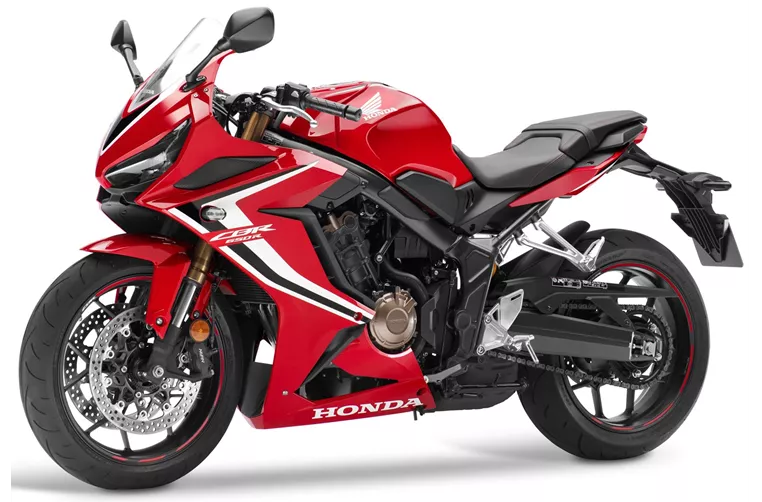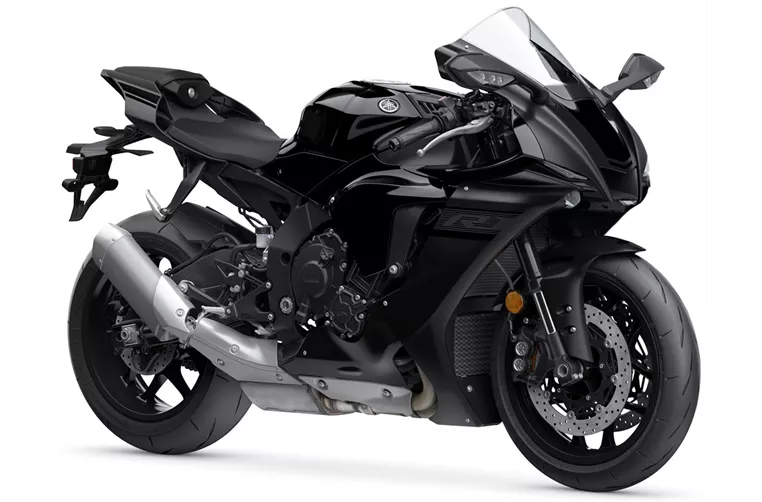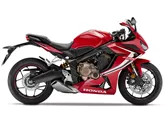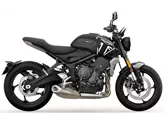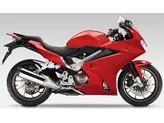Honda CBR650R 2019 vs. Yamaha R1 2020
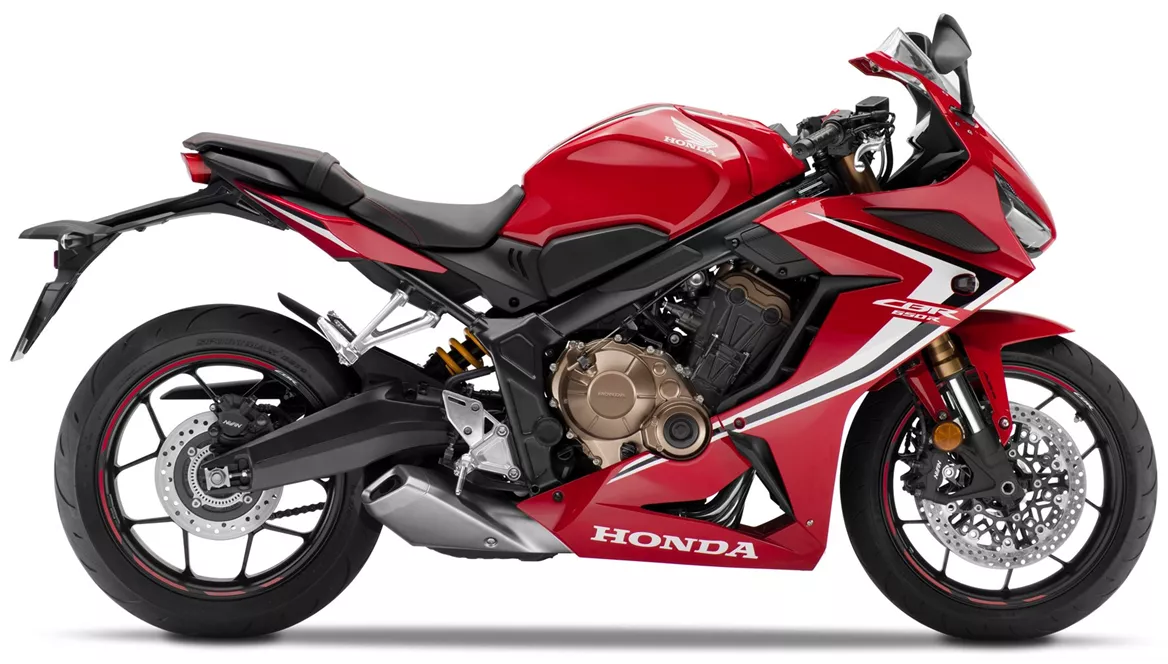
Honda CBR650R 2019
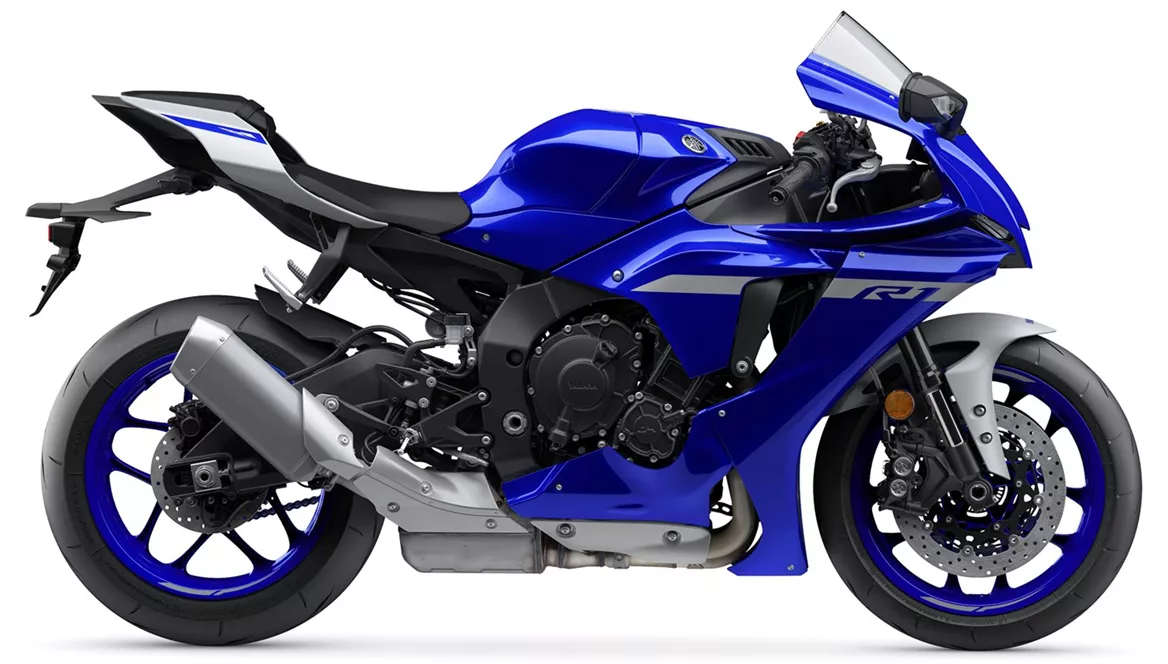
Yamaha R1 2020
Overview - Honda CBR650R 2019 vs Yamaha R1 2020
The Honda CBR650R 2019 and the Yamaha R1 2020 are both supersport motorcycles that offer impressive performance and features. However, there are several key differences between the two models.
In terms of engine specifications, the Honda CBR650R is equipped with a 649cc four-cylinder engine that delivers 95 horsepower and 64 Nm of torque. On the other hand, the Yamaha R1 boasts a more powerful 998cc four-cylinder engine that produces a staggering 200 horsepower and 112.4 Nm of torque. This significant difference in power output gives the Yamaha R1 a clear advantage in terms of acceleration and top speed.
Both motorcycles feature upside-down telescopic forks for the front suspension, providing excellent stability and control. The Honda CBR650R has a steel frame with a twin tube design, while the Yamaha R1 features an aluminum frame with a Deltabox design. The aluminum frame of the Yamaha R1 offers superior rigidity and lighter weight, resulting in improved handling and maneuverability.
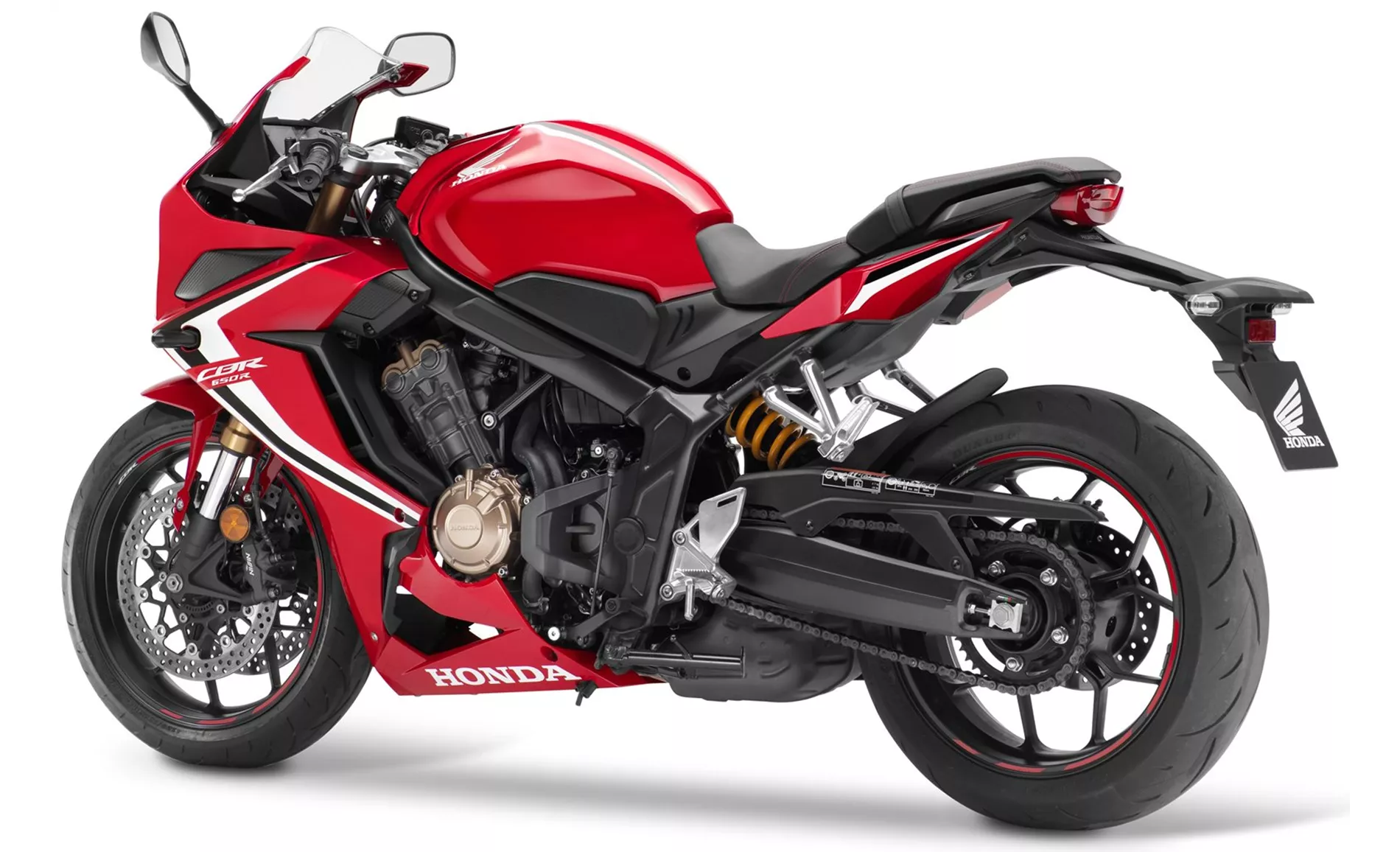
Honda CBR650R 2019
In terms of braking performance, both motorcycles are equipped with double disk brakes at the front. The Honda CBR650R features ABS as an advanced rider assistance system, while the Yamaha R1 goes a step further with additional features such as launch control and traction control. However, it is worth noting that the Yamaha R1's brake performance may not be entirely satisfactory on the race track.
In terms of dimensions and weights, the Yamaha R1 has a slightly shorter wheelbase of 1405mm compared to the Honda CBR650R's 1450mm. The seat height of the Yamaha R1 is also slightly higher at 855mm, while the Honda CBR650R offers a more accessible seat height of 810mm. Additionally, the Yamaha R1 has a larger fuel tank capacity of 17 liters compared to the Honda CBR650R's 15.4 liters.
In terms of strengths, the Honda CBR650R offers a very elastic four-cylinder engine, making it suitable for various riding conditions. It also provides sufficient comfort for longer tours, good wind protection, and a visually appealing design. The Honda CBR650R is also A2 suitable, making it accessible to a wider range of riders.
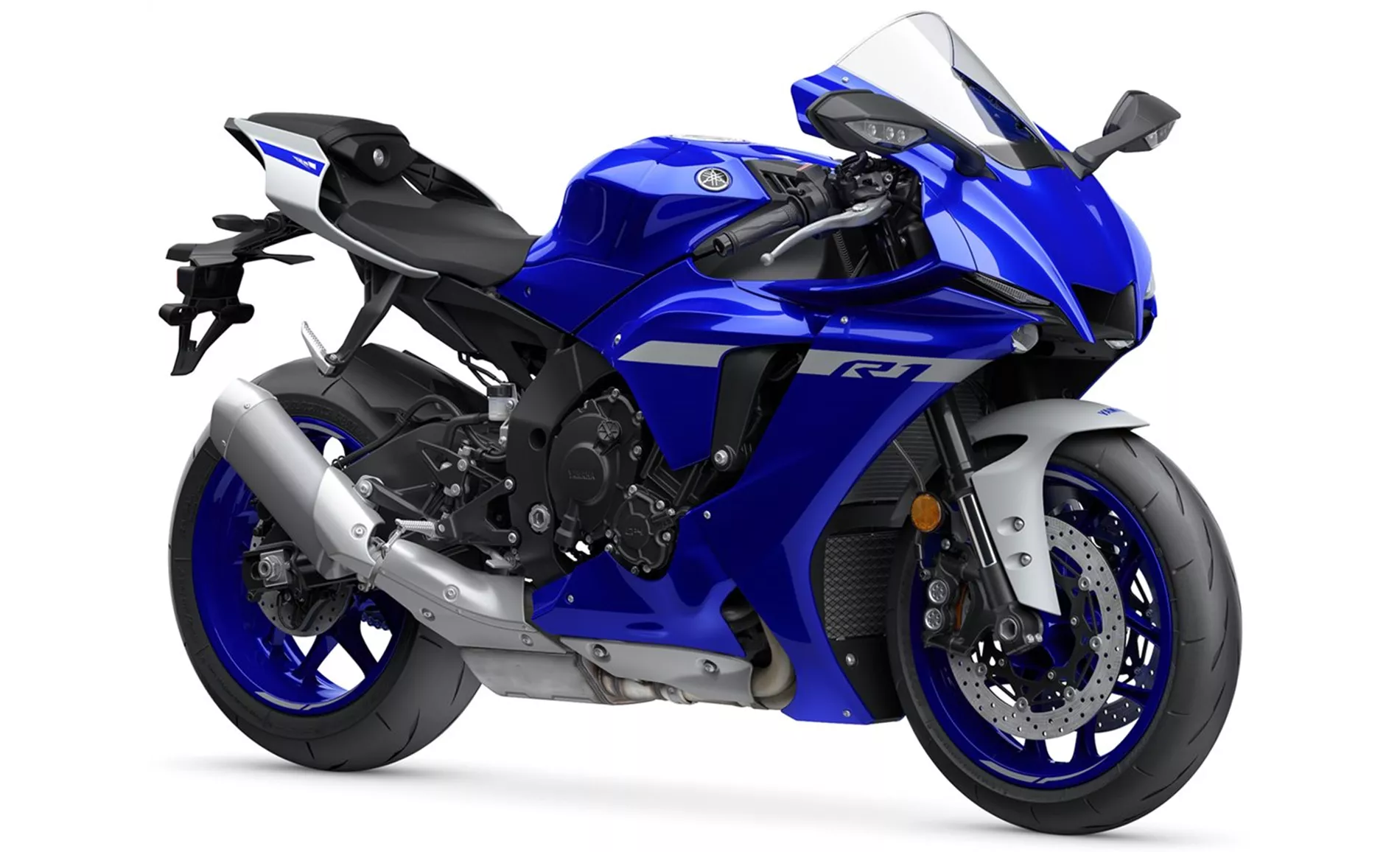
Yamaha R1 2020
On the other hand, the Yamaha R1's main strength lies in its powerful engine, delivering clean and responsive performance. It also offers a great but not intrusive sound, a stable chassis, and high-quality electronics. The overall impression of the Yamaha R1 is described as wonderfully noble.
In terms of weaknesses, the Honda CBR650R suffers from a drone below 4,500 rpm and its suspension could be slightly sportier. Additionally, the rear brake may not be as effective as desired. The Yamaha R1's only weakness mentioned is that its brake performance may not be entirely satisfactory on the race track.
In conclusion, the Honda CBR650R and the Yamaha R1 are both impressive supersport motorcycles, but they cater to different riding preferences and needs. The Honda CBR650R offers a more accessible and versatile option, while the Yamaha R1 is designed for riders seeking extreme performance and advanced features. Ultimately, the choice between the two models will depend on the rider's priorities and preferences.
Technical Specifications Honda CBR650R 2019 compared to Yamaha R1 2020
Pros and Cons in comparison
Pros and Cons in comparison
Honda CBR650R 2019
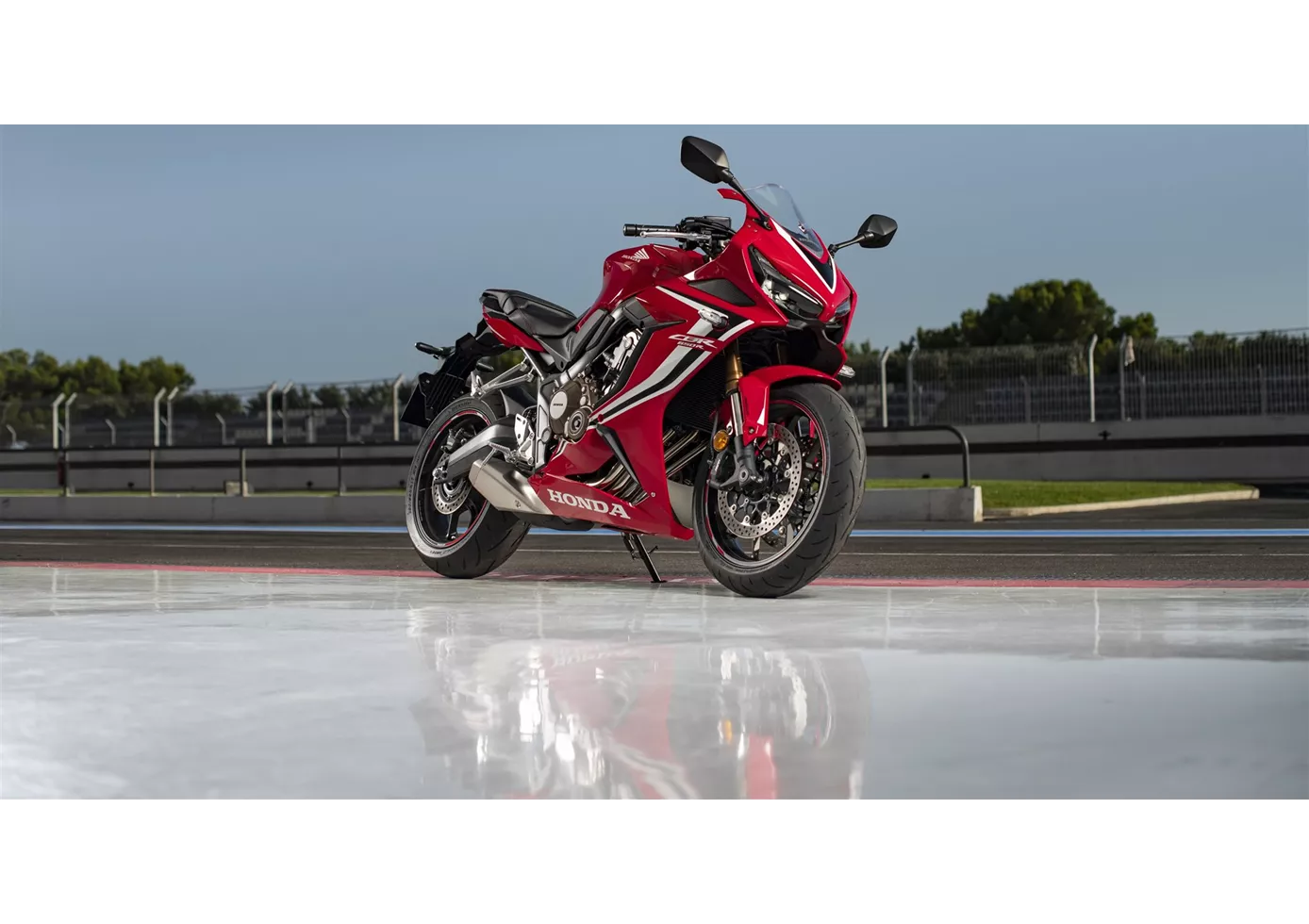
The new CBR650R takes the spirit we know from classic four-cylinder sports tourers and brings it into the modern era. Thanks to the good engine tuning, you don't have to worry about being left behind by your two-cylinder friends, especially as you are rewarded with a lovely sound across the rev range. Unfortunately, however, there can be too much sound, as the roar below 4,500 rpm proved. On the chassis and seating position side, a compromise has been found that allows the CBR650R to cope well with everyday riding, as well as longer tours and house track hunts.
Yamaha R1 2020
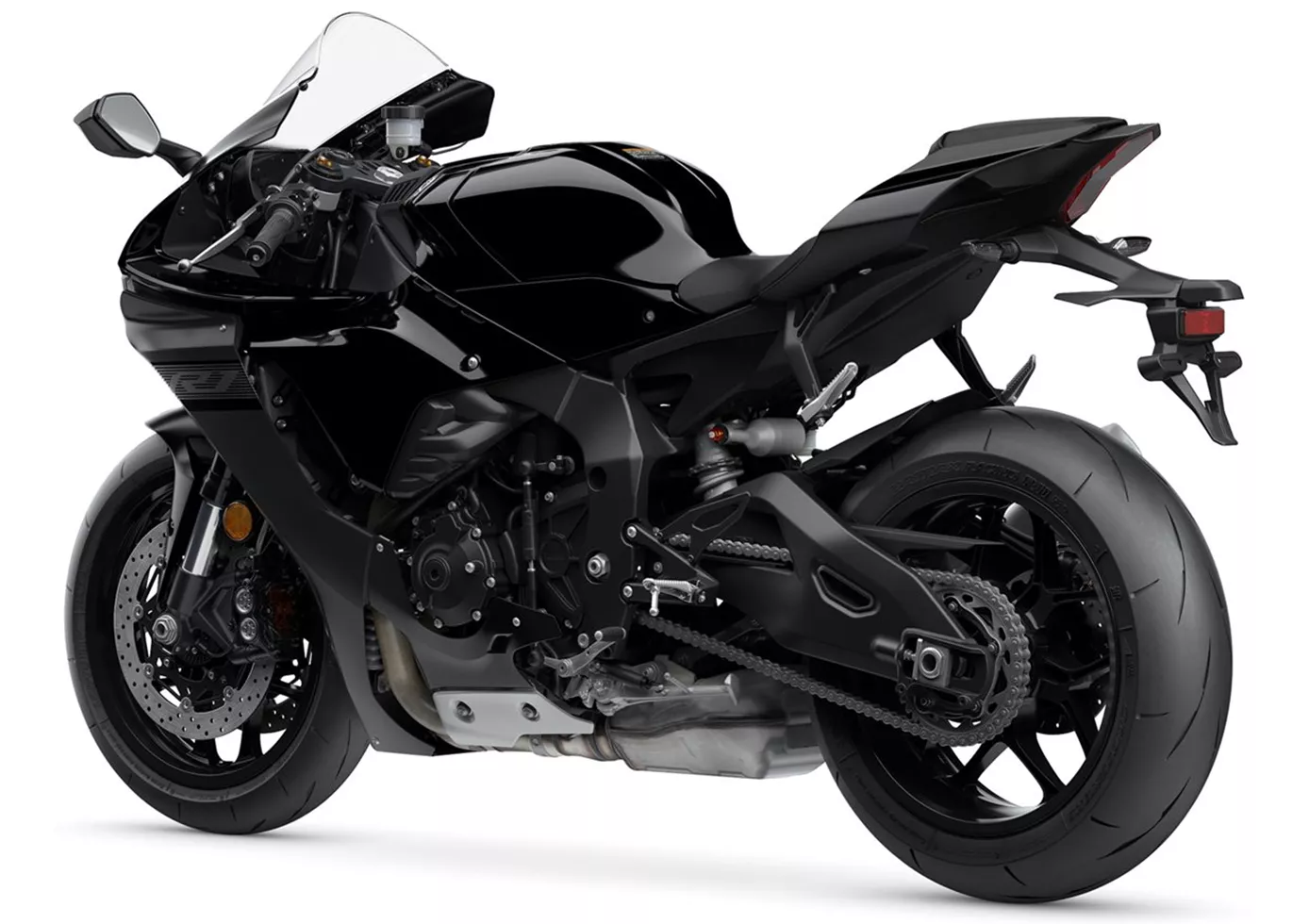
The Yamaha YZF-R1 is mature and makes countless racetrack pilots happy. The engine shines with lightness and agility, the seating position surprises positively and the handling is radical but still "suitable for the masses". The machine immediately stands out visually and also because of the heart-warming sound. Especially on the country road, the bike scores with its well-known strengths: great engine, great electronics, great package! A real pleasure to ride!
Price Comparison Avarage Market Price Honda CBR650R vs Yamaha R1
There are a few key differences between a Honda CBR650R 2019 and a Yamaha R1 2020. It takes less time to sell a Honda CBR650R with 45 days compared to 86 days for a Yamaha R1. Since model year 2019 1000PS.de editors have written 14 reviews for the Honda CBR650R and 80 reviews for the Yamaha R1 since model year 2005. The first review for the Honda CBR650R was published on 10/8/2018 and now has more than 53,700 views. This compares to more than 3,900 views for the first review on Yamaha R1 published on 4/28/2003.
